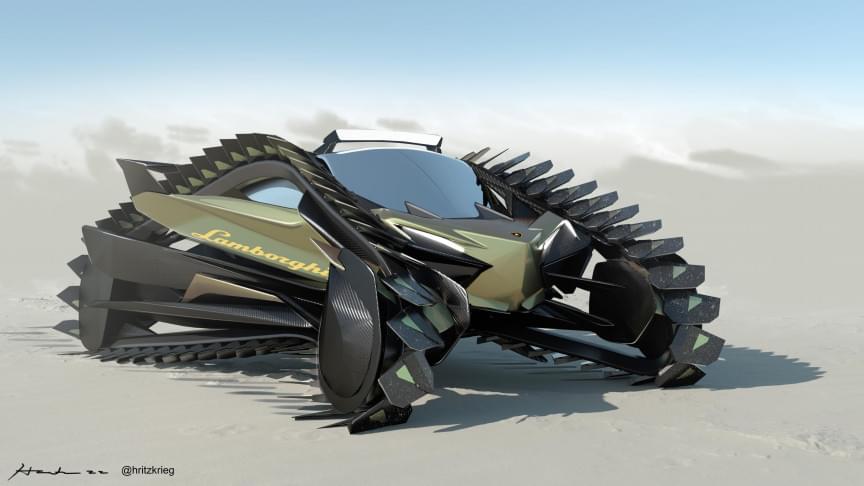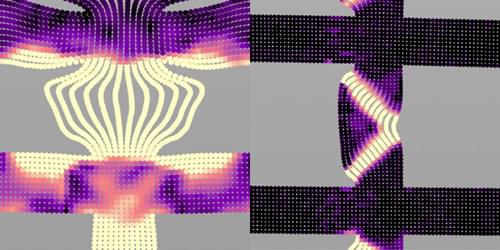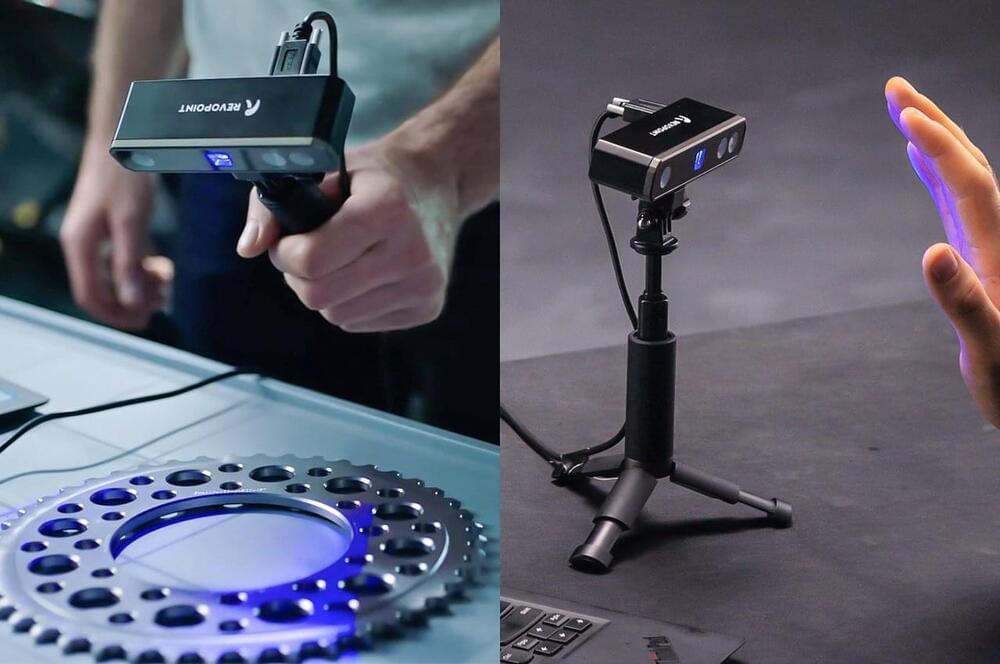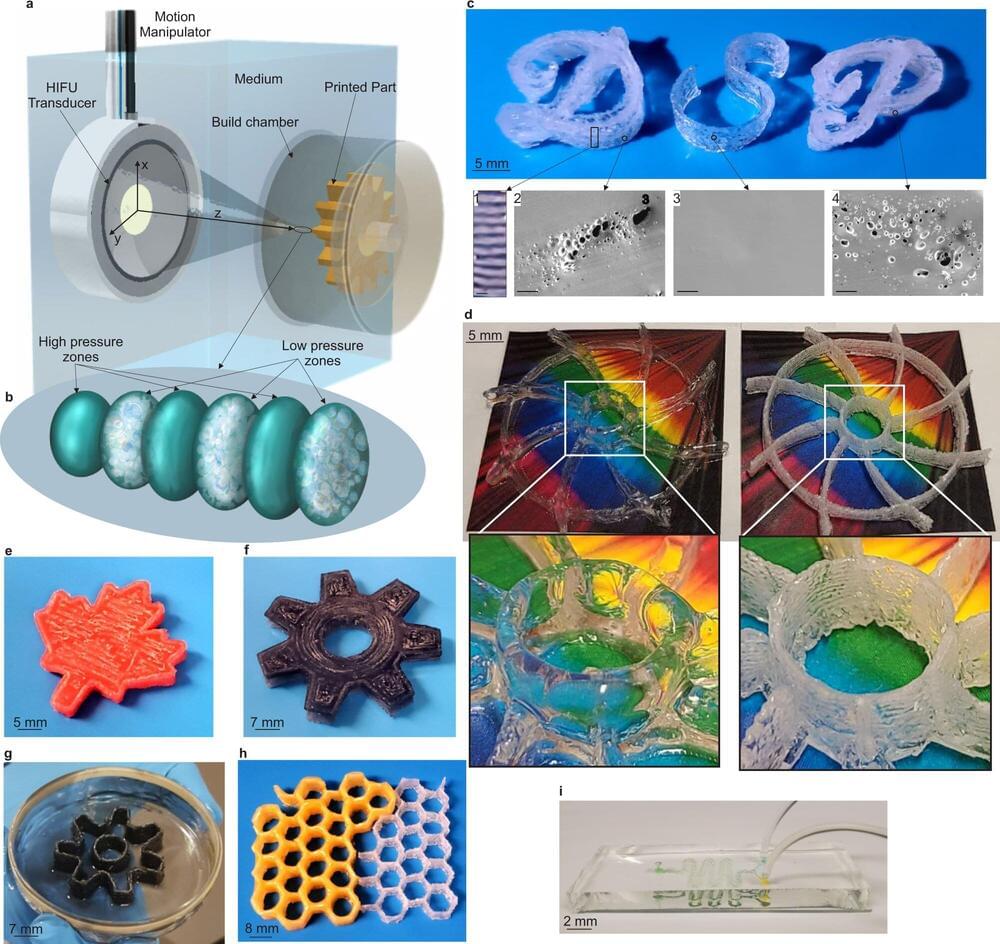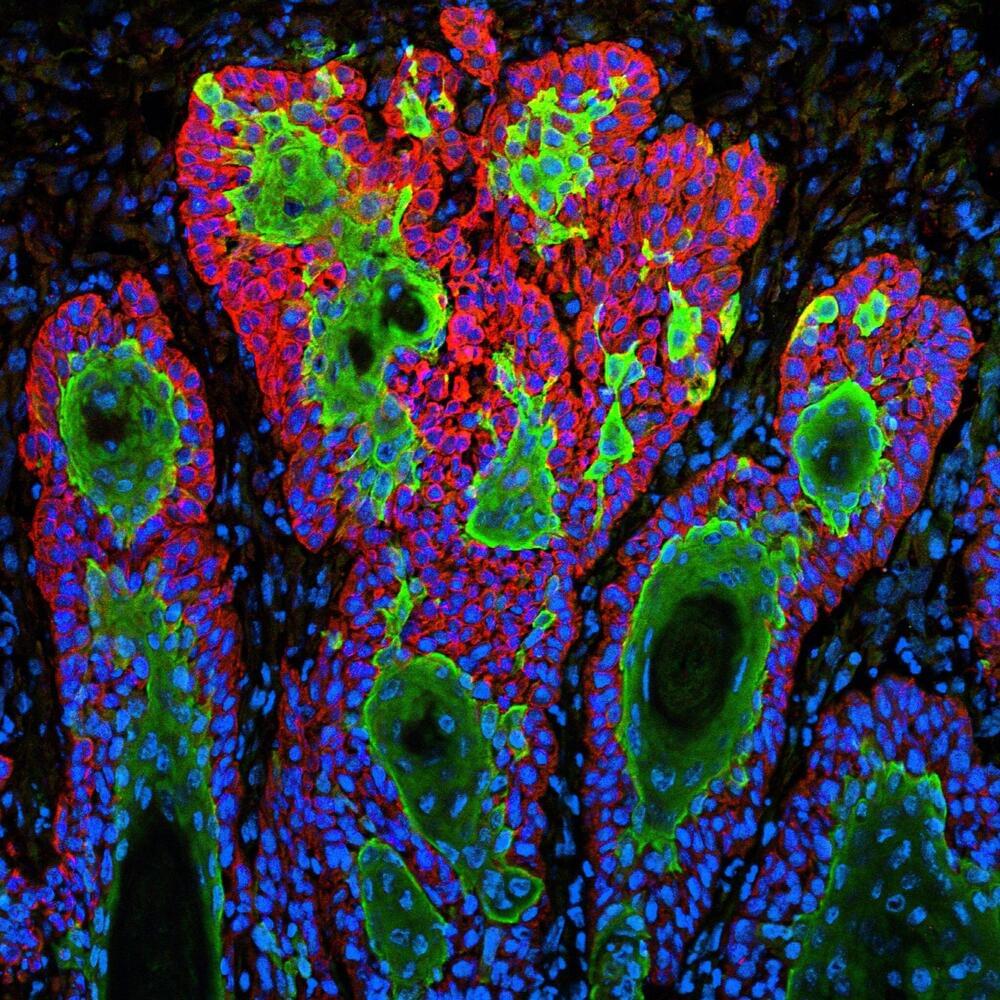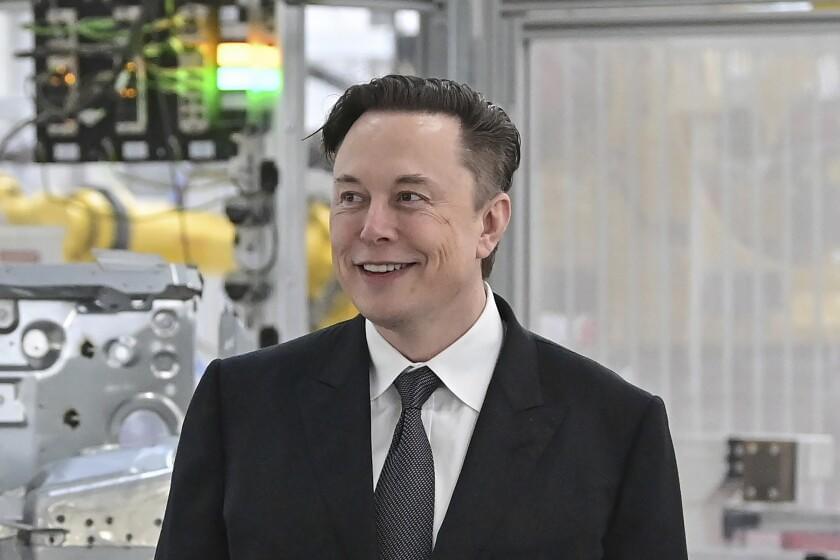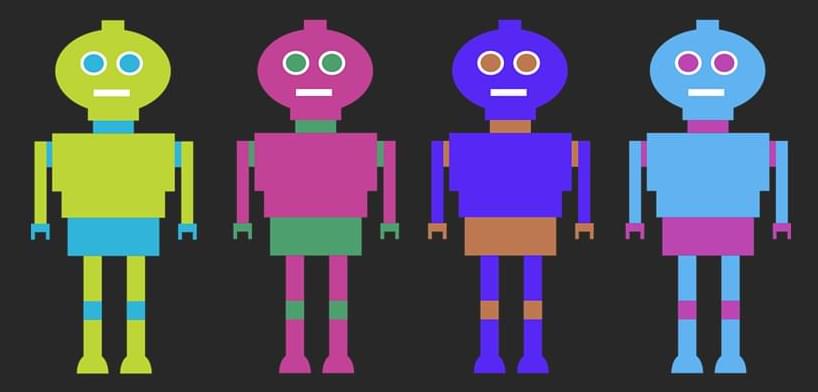Jun 6, 2022
This new Lamborghini concept can tackle sands, soil, and even rocks
Posted by Genevieve Klien in categories: engineering, transportation
Lamborghinis are already marvels of engineering but they become even more so when people decide to upgrade them. This is what designer Michael Hritzkrieg did with this new model called the Lamborghini LMXX2.
You can see from the pictures that it’s got some impressive treads that run all around the car making it clear that it can tackle even the most difficult terrains such as sands, rocks and soil. IE spoke to Hritzkrieg about his innovative design and he surprisingly described it as “a rush job to meet an Instagram competition deadline.”
The competition he is referring to is the AGP Contest on Instagram which asked participants to conceive of a design using the keywords “Desert + Lamborghini + Future”.
